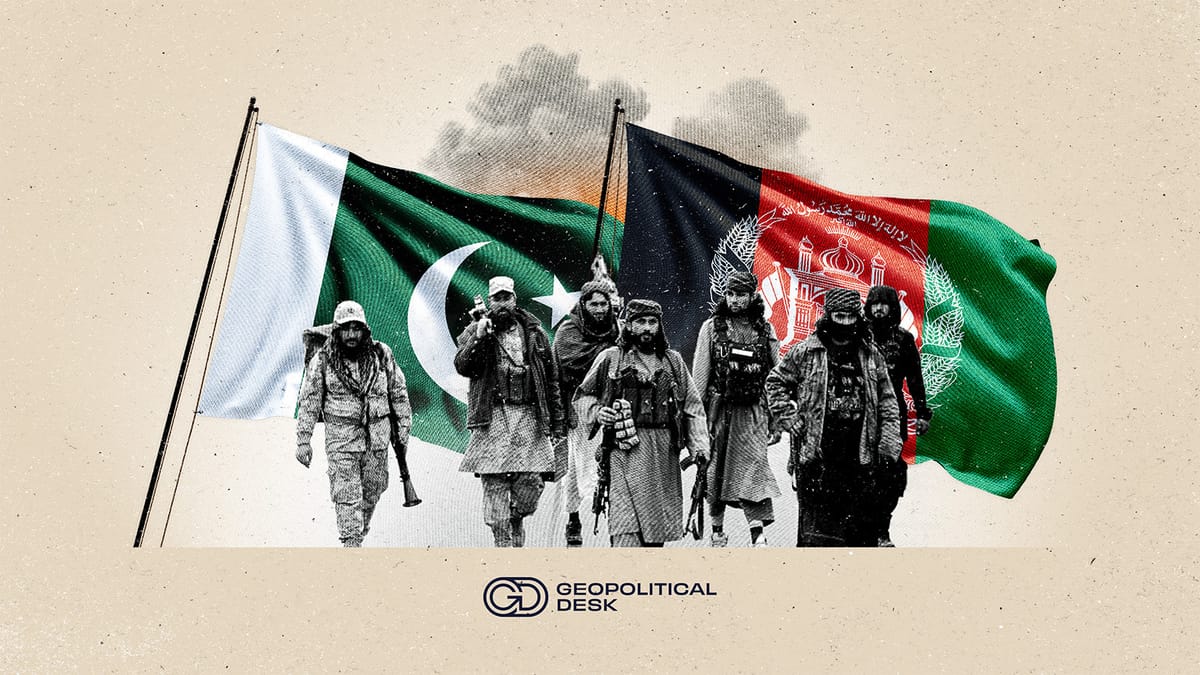
The recent military clashes between the Afghan Taliban and the Pakistani army are the result of years of growing mistrust, insurgency, cross-border violence, and political uncertainty in both countries.
Qatar and Turkey have helped defuse immediate tensions with a ceasefire, but the commitments to halt further fighting between the two resembles many past security accords which failed to impose lasting peace in the region.
The ongoing insurgency against Islamabad by the Pakistani Taliban, officially known as Tehrik-i-Taliban Pakistan (TTP) and operating from eastern Afghanistan, lies at the centre of the conflict.
Yet, looking deeper, the greater issues lie in Afghanistan's antagonistic governing structure and Pakistan's military rule. These broader issues have fuelled the crisis, with no clear political solutions on either side.
Clash at the border
On October 9th, Afghan media reported sounds of explosions in the capital Kabul, with other explosions reported across eastern Afghanistan. The Taliban later confirmed that Pakistan had launched airstrikes in both the capital and Paktika Province. While Pakistan did not release a statement, Afghan media reported the strike had attempted to kill TTP leader Noor Wali Mehsud, and followed a recent series of deadly TTP attacks against Pakistani security forces.
While Pakistan has previously launched airstrikes against claimed TTP positions in Afghanistan's eastern provinces, these often only resulted in short border clashes between the Afghan Taliban and Pakistan. However, the attack on the Afghan capital crossed a red line and forced a greater response from the Afghan Taliban, who believed the strikes violated their own sovereignty.
The Afghan Taliban fired back on Pakistani positions near Kurram district and Chaman, escalating into skirmishes at the Chaman–Spin Boldak border crossing. Faced with counter-fire from the rulers of Afghanistan, Pakistan launched additional airstrikes in Kabul and on the Afghan Taliban headquarters in Kandahar, showing that Islamabad no longer differentiates between the two Taliban when its security is at stake.
A complicated relationship
Pakistan, notably via its spy agency the Inter-Service Intelligence (ISI), was central in building up the Mujahideen resistance against the USSR’s invasion of Afghanistan in the 1980s and later striking strong bonds with the Taliban which emerged in the 1990s to combat warlords destabilising Kabul.
Although Islamabad backed Washington’s War on Terror during the 2001 U.S. invasion of Afghanistan, which toppled the first Taliban regime, Pakistan kept strong ties with the Islamist group – harbouring many of the movement's leaders and deepening ties with the Haqqani network through Sirajuddin Haqqani and with Taliban co-founder Abdul Ghani Baradar.
Throughout the decades, Pakistan held onto the idea that a friendly government in Kabul, possibly in the form of the Afghan Taliban, would help achieve the following national security goals:
- Neutralise Pakistani militant groups seeking shelter in Afghanistan, whether the Baluchistan Liberation Army or more importantly the TTP.
- Reverse Afghanistan’s traditional pro-Indian ties to prevent getting squeezed between Kabul and Delhi.
- Respect the shared border known as the Durand Line, a late 19th century line drawn by the British and cutting through the Pashtun ethnic group. While being the largest ethnic group in Afghanistan, the Pashtun are an important minority in Punjab-centric Pakistan, which fears an irredentist Afghan government promoting pan-Pashtun claims that would threaten Pakistan's western provinces.
“Catastrophic success”
Following the retreat of U.S. troops and the Taliban's return to power in 2021, Pakistan hailed the new rulers of Kabul as a foreign policy success, with ISI former head Faiz Hameed being one of the first internationals to visit the new government.
That optimism quickly faded as the patron-client relationship experienced rebalancing. The Afghan Taliban became frustrated by Pakistan's domineering attitude and no longer solely relied on their eastern neighbour as their objective moved from war to governance.
The Taliban adopted the Afghan state and needed to retain power via domestic alliances, not foreign ones. This meant taking on many of the same priorities of its predecessors. The Taliban continue to deny the legitimacy of the Durand line and have built a relationship with Delhi, with Foreign Minister Amir Khan Muttaqi arriving this month in the Indian capital for talks.
In return, Pakistan has tried to punish the Taliban, through occasionally closing Afghanistan's few major trade routes at Spin Boldak and Torkham, expelling hundreds of thousands of Afghans, and indefinitely postponing recognition.
With the relationship in tatters, there is little reason for the Taliban and Pakistan to come to an agreement regarding the TTP. Pakistan’s heavy strikes on Afghanistan have further elevated tensions.
Who are the TTP?
The Pakistani Taliban are affiliated with the Afghan Taliban in name and ideology but are separate organisations. The TTP has ties with the Afghan Taliban and assisted them against the U.S., but their goal is to overthrow the Pakistani government and implement stricter Islamist governance.
The group faced various leadership crises but survived in western Pakistan's mountainous Khyber Pakhtunkhwa province. In 2015, Pakistan launched a significant military offensive, forcing the group into Afghanistan.
However, this strategic victory was never consolidated as Washington’s long-drawn Afghan intervention failed to tackle militant groups, with TTP coalescing, since 2018, under the leadership of Noor Wali Mehsud. After the Taliban regained control of Kabul in 2021, the TTP forced its way back into Khyber Pakhtunkhwa and escalated attacks against Pakistan’s security apparatus.
Hope that the Afghan Taliban could help achieve some sort of agreement quickly faded, as talks hosted by the Afghan Taliban between Pakistan and the TTP in 2022 quickly broke down.
The TTP demanded the reestablishment of autonomous tribal territory in Pakistan's northwest and the return of Sharia law to the area, but Islamabad viewed the demand as excessive as it ultimately would require them to relinquish control over the country’s western flank.
In regards to the Afghan Taliban, Pakistan now sees them as duplicitous in their dealing with the TTP, rejecting Kabul’s argument that it has no authority over the Pakistani militant group.
The Afghan Taliban's dysfunction
A main reason the Taliban have barely cracked down on the TTP is because the group plays a part in Afghanistan's complicated internal politics.
Despite their victory, the Taliban are not a unified political movement. While they follow Supreme Leader Mullah Hibatullah Akhundzada, multiple factions are internally vying for power while maintaining outside unity for the Emirate of Afghanistan.
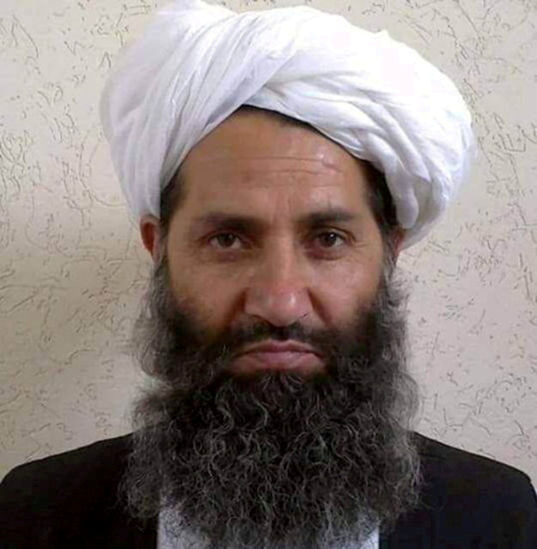
Supreme Leader Mullah Hibatullah Akhundzada: Leader of the "Kandahar Faction," he represents the most hardline conservative strand. Originally regarded as a figurehead, Akhundzada has greatly expanded his power, frustrating other powerful figures.
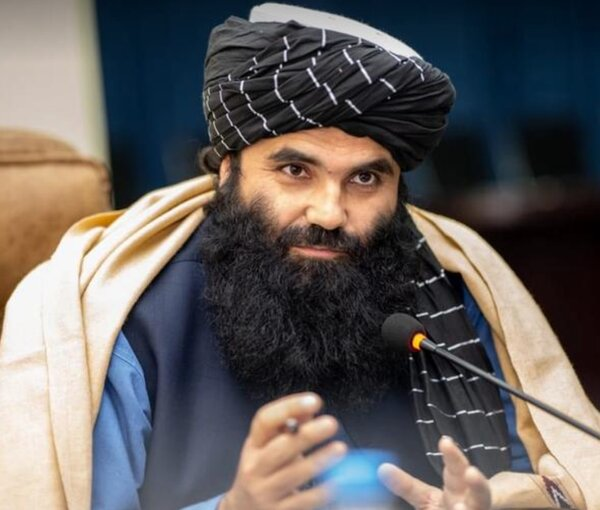
Interior Minister Sirajuddin Haqqani: Leader of the Haqqani network, he is the "most pragmatic" of the Taliban. Haqqani has tried to push for a less dogmatic Islam to achieve international recognition, opposing Akhundzada.
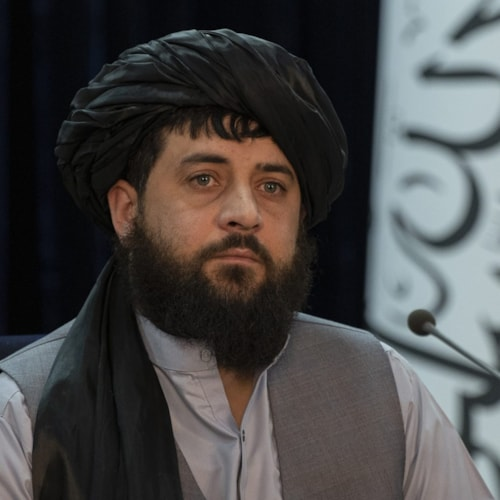
Minister of Defence Mullah Yaqoob: Son of the Taliban's first emir, Mullah Omar, Yaqoob retains high influence politically and militarily. His appointment to lead the military and being the founder's son has given him influence to cement his own authority.
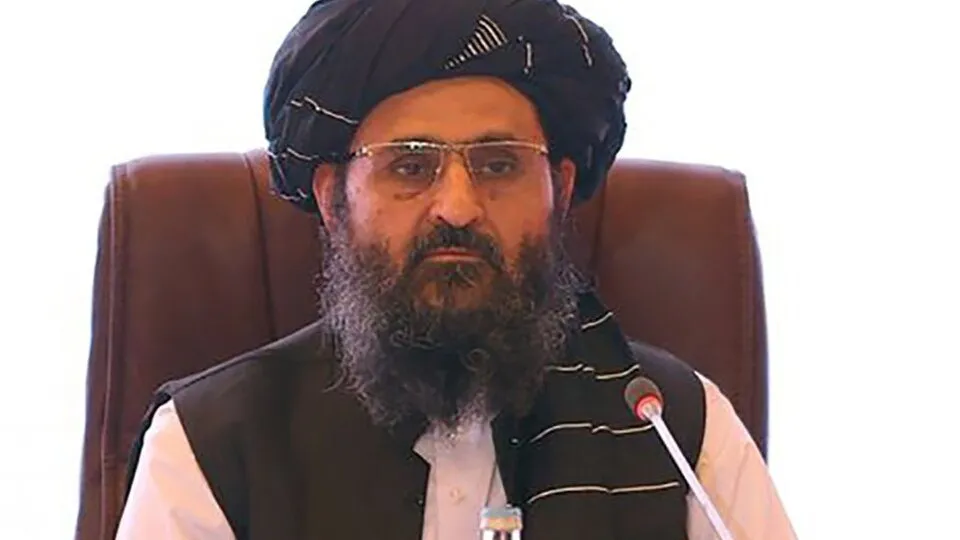
First Deputy Prime Minister Abdul Ghani Baradar: A cofounder and former close friend of Mullah Omar, Baradar has played a major role since the start. While he does not command as many forces, his friendship with Omar and dedication have given him significant authority.
Afghanistan's internal politics are defined by a battle between these four figures, who all covet the position of Supreme Leader. Haqqani, Yaqoob, and Baradar all dislike Akhundzada’s supremacy, but are held in limbo as they distrust each other and need to form a united front against external challenges.
The TTP have come into this political struggle, as the Haqqani network provides refuge. Sirajuddin has allowed the group to operate, likely seeing them as a potential asset in this complicated struggle.
Even if other Taliban factions wanted to assist Pakistan, the divided politics means likely only the Haqqani network can do so—ironically, Pakistan's former main ally.
This is why previous Pakistani airstrikes in Haqqani territory likely caused little uproar, but the attack on Kabul was a step too far, forcing divided factions to act in union.
Many Taliban fighters are also sympathetic toward the TTP, with whom they not only share ideological but also Pashtun ethnic ties, and are unwilling to turn on a former ally at a foreign neighbour’s behest.
Pakistan's security crisis
While Pakistan and its civilians have fallen victim to violent insurgency, the country's military has only inflamed tensions. Pakistan's western provinces of Khyber Pakhtunkhwa as well as Baluchistan have been neglected by Islamabad.
The Pashtun rural and tribal province has long felt overlooked by Pakistan's central government and military, which often gets involved in politics and wields real power. The previous Prime Minister, Imran Khan, who is of Pashtun heritage, was removed by the military after a falling out in 2022. Not surprisingly, peace talks with the TTP faltered after that.
The new Pakistani government has ushered a substantial turn in regards to its Afghanistan policy, with Foreign Minister Khawaja Asif criticising former ISI head Faiz Hameed and former Prime Minister Imran Khan for “bringing the Taliban to power”, showing how Pakistan’s domestic politics reverberate on bilateral ties.
Pakistan has mainly responded through aerial and drone bombings, which often kill civilians. Historical disenfranchisement and heavy-handed anti-terrorism responses have only legitimised the TTP's struggle in some areas and exacerbated other separatist movements.
Locals who oppose the TTP are trapped between a dangerous jihadist group and a powerful military willing to use violence to achieve security aims.
To meaningfully address the issues, the government would have to significantly reshape its priorities. However, current Prime Minister Shehbaz Sharif is closely aligned with the military, which dominates politics and is reluctant to engage in meaningful reforms.
Bottom Line
While the recent fighting centres on the TTP, it is emblematic of deeper societal issues that both nations are unprepared to confront.
In Afghanistan, divided factions remain locked in a power struggle, with the TTP representing just one part of a complex system. The group embodies the Taliban's internal conflict between governing as a modern state and continuing ideological wars.
In Pakistan, an unpopular military dominates the political landscape, and its heavy-handed tactics have strained relations with minority communities. The state has entrenched itself in a quagmire, facing pressure from both sides of its borders.
With neither side likely to address these underlying issues, both governments—unified in dysfunction—will continue to clash. The crisis may be managed through ceasefires and short-term agreements, but much like the relationship between Pakistan and India, it can only be maintained, not resolved, without a major restructuring of mutual understandings and internal change.
